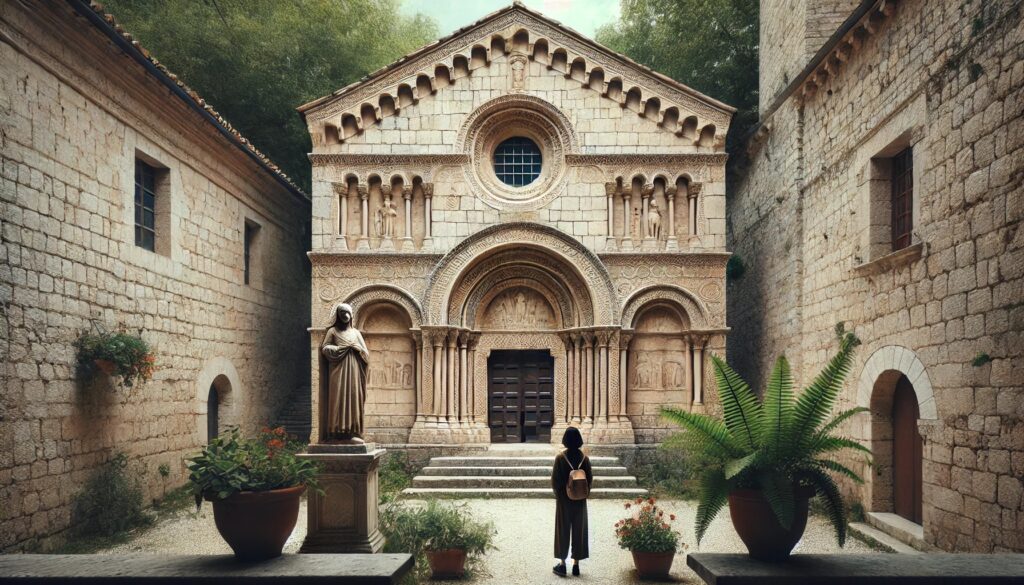ChatGPT:
Cagliari, the capital of Sardinia, is a historic and vibrant city that blends natural beauty with centuries of rich culture. Its location along the southern coast of the island provides stunning views of the Mediterranean Sea, with its crystal-clear waters and beaches like Poetto, a popular destination just a short drive from the city center.
The city’s historical core, known as Castello, sits on a hill and is surrounded by ancient walls. This area is home to medieval towers, narrow cobbled streets, and landmarks such as the Cathedral of Santa Maria and the Royal Palace. Visitors can explore Cagliari’s long history, from its Roman amphitheater to its archaeological museum, which houses artifacts from Sardinia’s ancient Nuragic civilization.
Cagliari also offers lively markets, such as the Mercato di San Benedetto, where you can experience Sardinian cuisine, including seafood and local specialties like bottarga (cured fish roe) and pane carasau (Sardinian flatbread). The city has a laid-back Mediterranean atmosphere, with outdoor cafés, coastal promenades, and a vibrant evening scene.
Nature is close by, with the Molentargius Nature Reserve offering opportunities for birdwatching, including flamingos, just minutes from the urban area. Cagliari combines historical charm, scenic beauty, and a relaxed Sardinian lifestyle, making it a captivating destination.
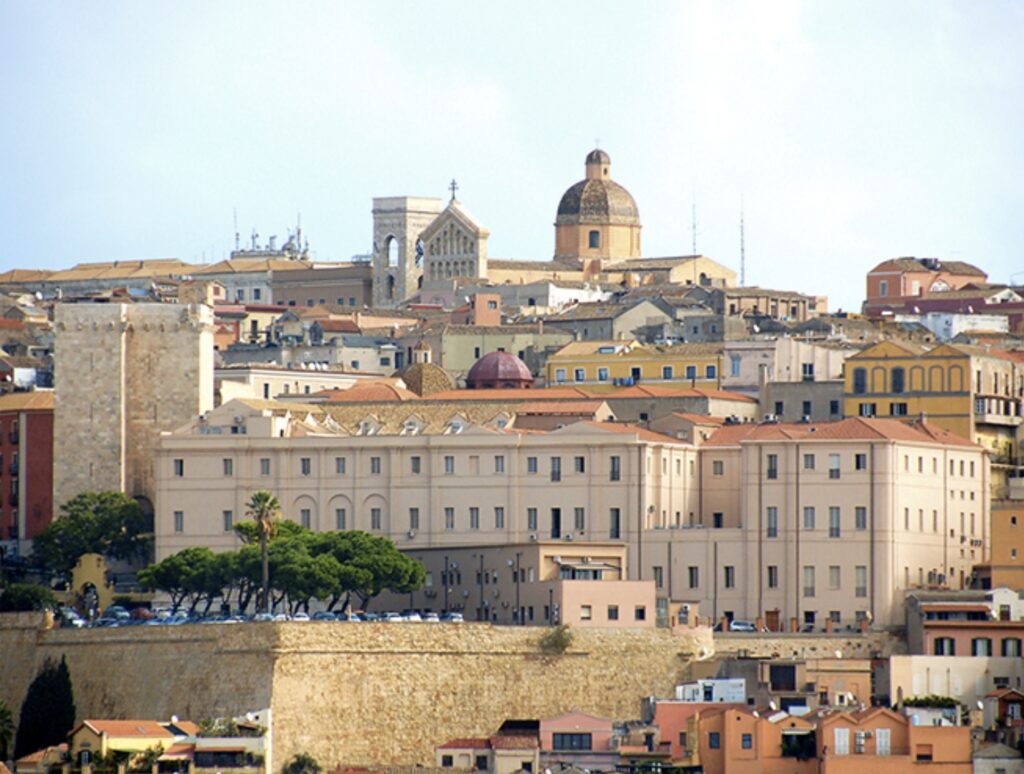
Cagliari, the capital of Sardinia, has a history that stretches back thousands of years, shaped by numerous civilizations due to its strategic position in the Mediterranean. Here is an overview of its origin, history, and development:
Origin and Early History
The area around Cagliari has been inhabited since prehistoric times, with evidence of human activity as far back as the Neolithic period. The Nuragic civilization, which flourished on Sardinia from around 1800 BCE, left behind significant archaeological remains throughout the island, though Cagliari itself was more influenced by later cultures.
Cagliari’s name is thought to derive from the Phoenician word “Karalis,” meaning “city on the rocks,” reflecting its origins as a Phoenician settlement around the 8th century BCE. The Phoenicians were master sailors and traders who used Cagliari as a port for trading in the Mediterranean, taking advantage of its natural harbor and favorable location.
Roman Era (238 BCE – 5th century CE)
In 238 BCE, after the First Punic War, Sardinia, including Cagliari, came under Roman control. The Romans recognized the strategic importance of the city, turning it into a key military and commercial hub. They built major infrastructure, including roads, an amphitheater, baths, and aqueducts. The Roman Amphitheater of Cagliari, carved into the rock, remains a testament to the city’s prominence during this time. Under Roman rule, the city prospered and grew, becoming the main center of the southern part of Sardinia.
Early Middle Ages and Byzantine Era (5th – 11th century)
After the fall of the Western Roman Empire in the 5th century CE, Cagliari experienced a period of decline and instability, as the island changed hands between various powers. In the 6th century, the Byzantine Empire took control of Sardinia, and Cagliari became one of the administrative centers on the island. During this period, Christianity spread, and churches like the Basilica of San Saturnino, one of the oldest on the island, were constructed.
By the 8th century, Sardinia was increasingly isolated from Byzantine authority due to the growing threat from Arab raids in the Mediterranean. Local leaders, known as “judges” (or judices), began to assert more autonomy, and Sardinia was divided into four giudicati or districts. Cagliari became the seat of the Giudicato of Cagliari, one of these autonomous regions.
Pisan and Aragonese Period (11th – 15th century)
During the 11th century, the maritime republics of Pisa and Genoa began to exert influence over Sardinia, seeing it as a valuable trading outpost. In the early 13th century, the Giudicato of Cagliari fell under the control of the Republic of Pisa, which established the fortified hilltop district of Castello, still one of Cagliari’s most prominent areas. The Pisans constructed towers, walls, and fortifications that remain part of Cagliari’s landscape today.
In the 14th century, Sardinia was taken by the Crown of Aragon (later unified with Spain). The Aragonese conquest of Cagliari in 1326 shifted power from the Pisans to the Spanish rulers. During this period, the city became part of the Kingdom of Sardinia, governed from Barcelona, and its strategic importance as a military outpost grew.
Spanish Rule (15th – 18th century)
Under Spanish rule, Cagliari was fortified even further and played a vital role in the defense of the Spanish empire in the Mediterranean. The city’s economy revolved around military affairs, but it also became a cultural hub, with influences from Spanish architecture and customs evident in its buildings and streets.
Despite its importance, Cagliari suffered from plagues, pirate raids, and economic difficulties. Spanish rule also led to social stratification between the ruling elite, who lived in the fortified Castello district, and the lower classes, who resided in the lower parts of the city.
Savoy and Italian Unification (18th – 19th century)
In 1718, following the Treaty of Utrecht and the War of the Spanish Succession, Sardinia was transferred to the House of Savoy, marking the beginning of the Kingdom of Sardinia. Cagliari became the capital of this kingdom and experienced significant changes, with the Savoyards modernizing its infrastructure and administration.
During the 19th century, as Sardinia played a pivotal role in the Italian unification movement (the Risorgimento), Cagliari gradually shifted from being a peripheral outpost to an important urban center within the newly unified Kingdom of Italy, which was established in 1861.
20th Century to the Present
Cagliari faced hardship during World War II, when it was heavily bombed due to its strategic military importance. Many historical buildings and neighborhoods were damaged or destroyed. After the war, the city was extensively rebuilt, though efforts were made to preserve its historical identity.
Throughout the 20th century, Cagliari expanded as it became an important administrative, educational, and economic center for Sardinia. Its port, one of the largest in the Mediterranean, became vital for trade, particularly after Italy’s postwar economic boom.
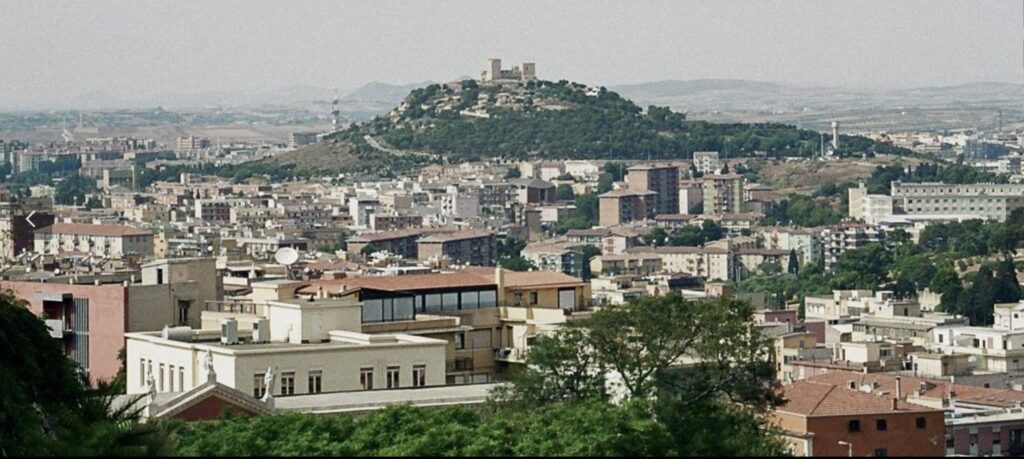
Cagliari offers a rich array of historical monuments and tourist attractions, showcasing its long and varied history. Here are some of the most notable ones:
Historical Monuments
- Castello District (Il Castello)
The historic heart of Cagliari, located on a hilltop and surrounded by medieval walls. It features narrow streets, historic buildings, and panoramic views over the city. - Cathedral of Santa Maria
Located in the Castello district, this 13th-century Romanesque cathedral is a blend of various architectural styles due to numerous renovations. Inside, you’ll find intricate artworks and crypts housing the remains of martyrs.
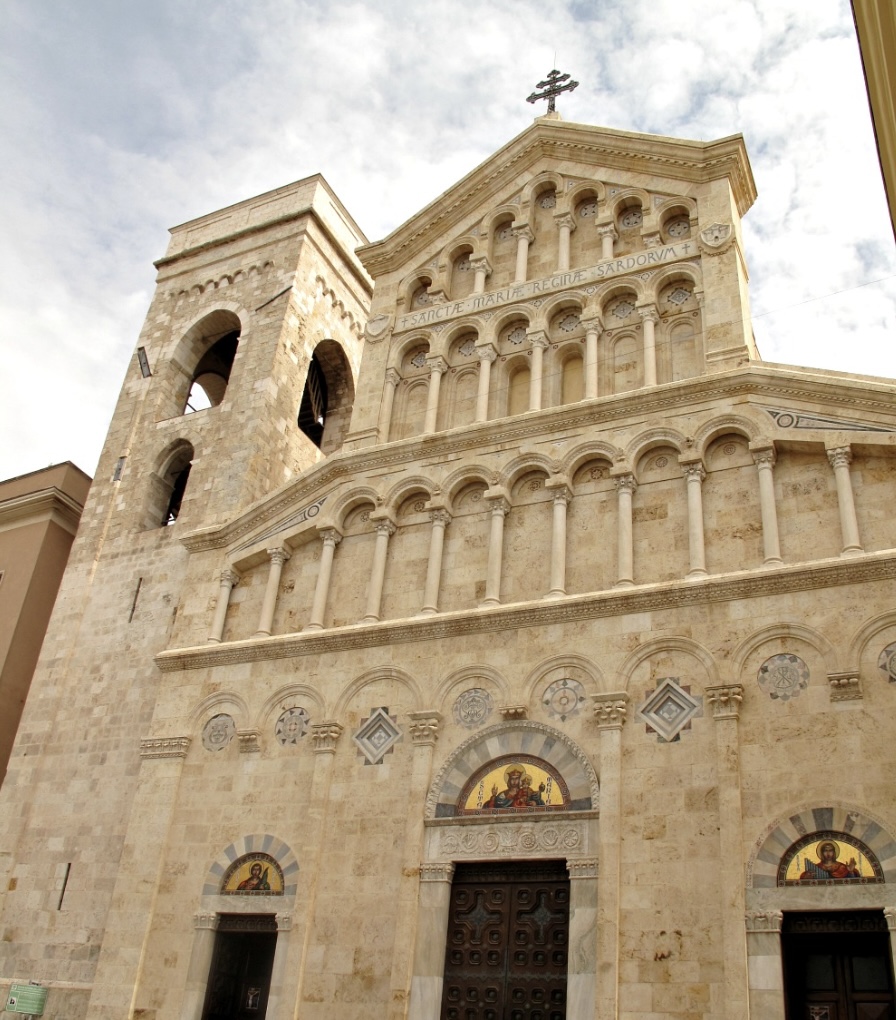
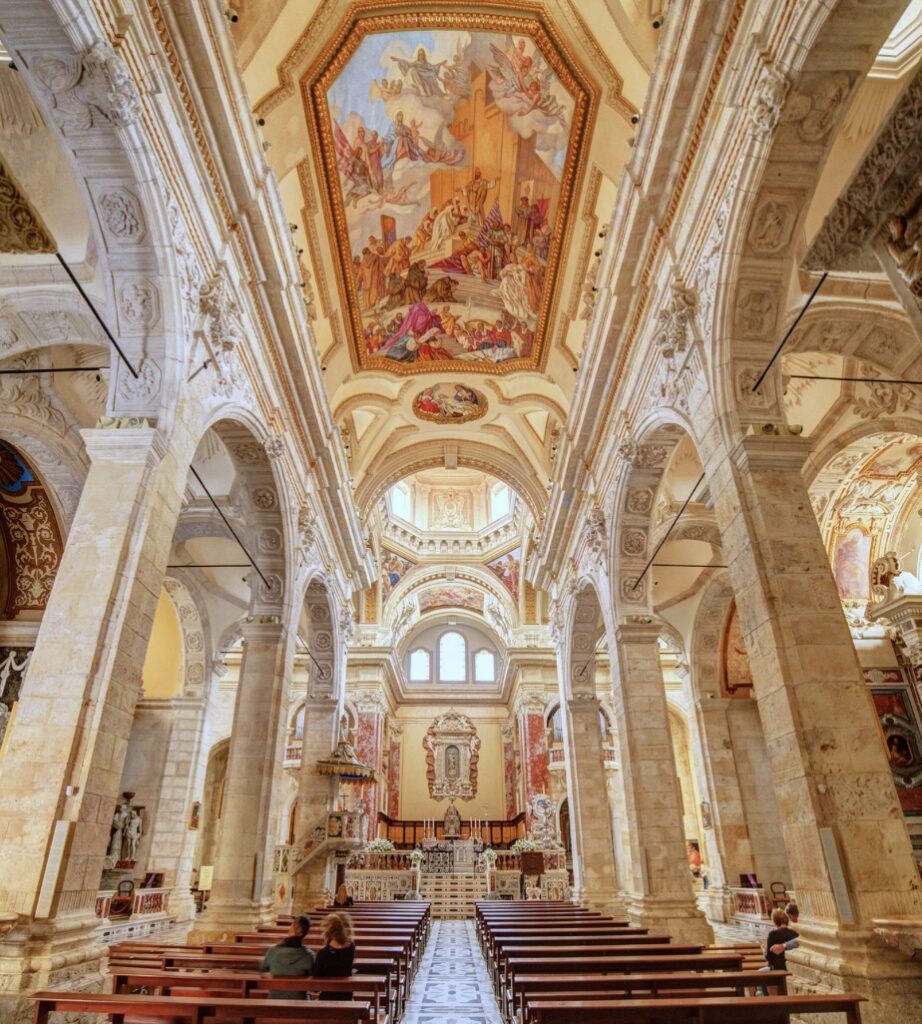
- Torre dell’Elefante (Elephant Tower)
Built by the Pisans in the early 14th century, this medieval defensive tower is one of the symbols of Cagliari. Visitors can climb the tower for excellent views of the city.
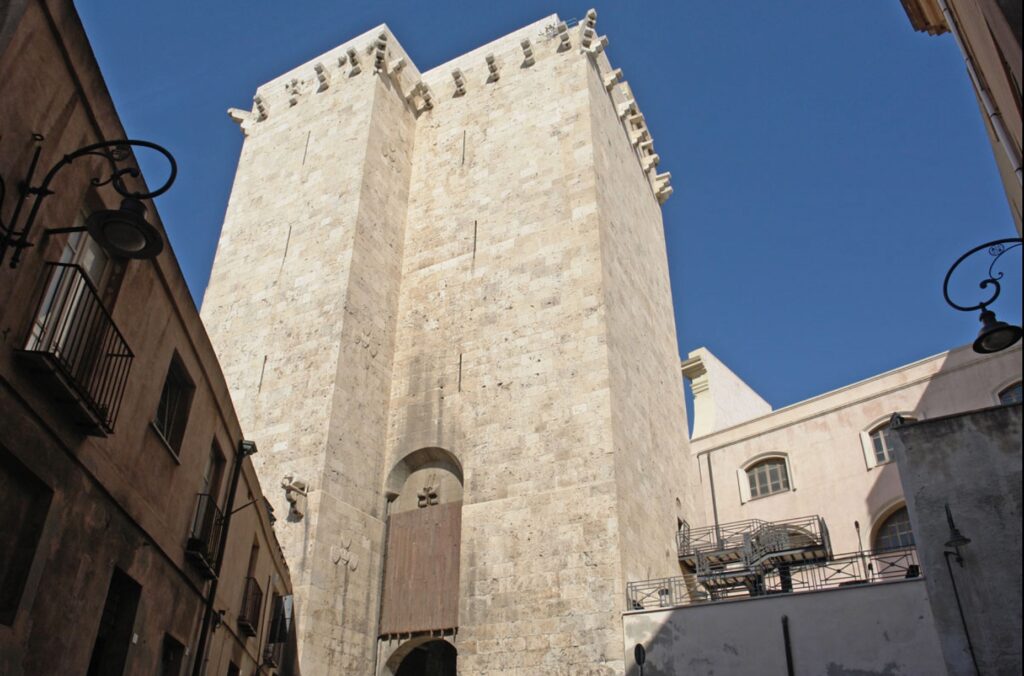
- Torre di San Pancrazio (Saint Pancras Tower)
Another 14th-century defensive tower, this is the tallest in Cagliari and also built by the Pisans. Like the Torre dell’Elefante, it offers great views from the top.
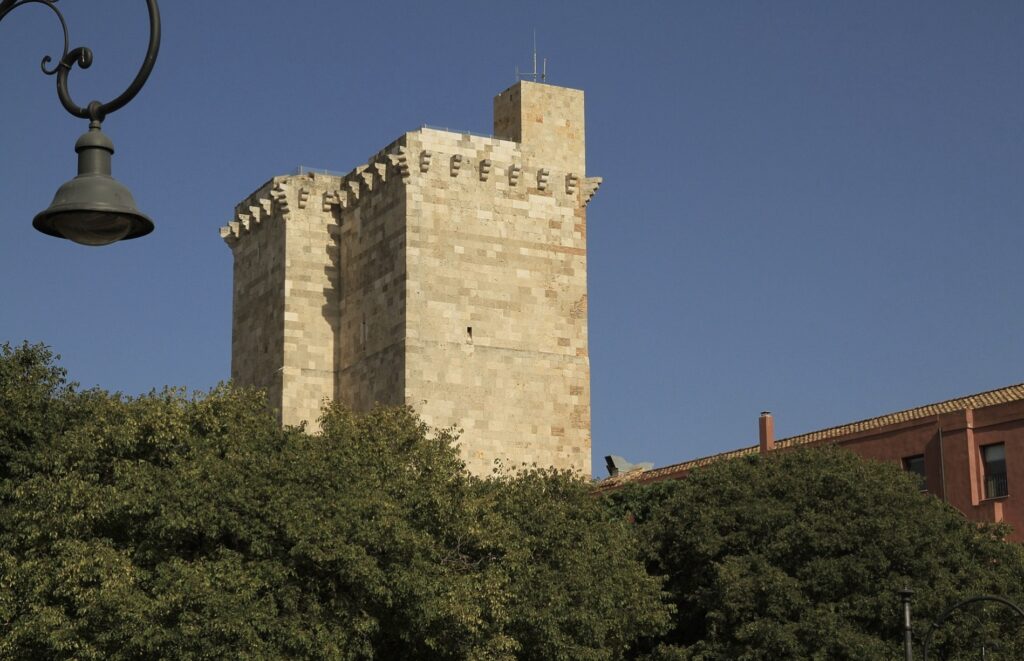
- Roman Amphitheater of Cagliari
Carved into the rock in the 2nd century CE, this Roman amphitheater was once used for gladiatorial combat and public spectacles. Although partly ruined, it’s one of the most important Roman sites in Sardinia.
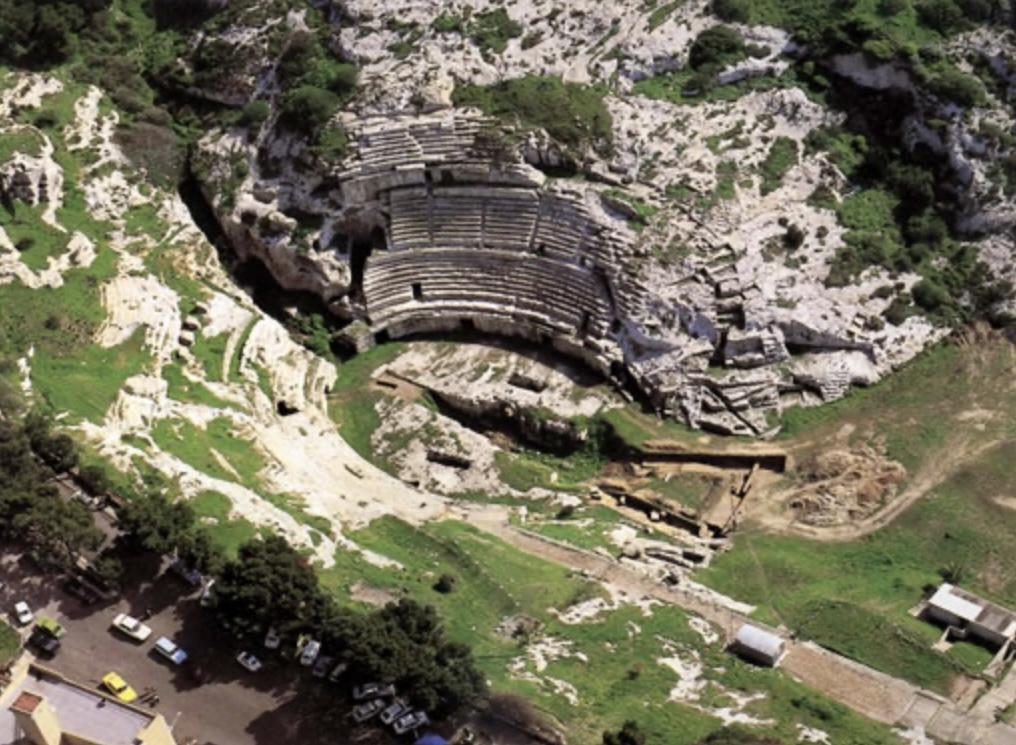
- Basilica of San Saturnino
One of the oldest churches in Sardinia, dating back to the 5th century. It is dedicated to Saint Saturninus, the patron saint of Cagliari, and features early Christian architecture.
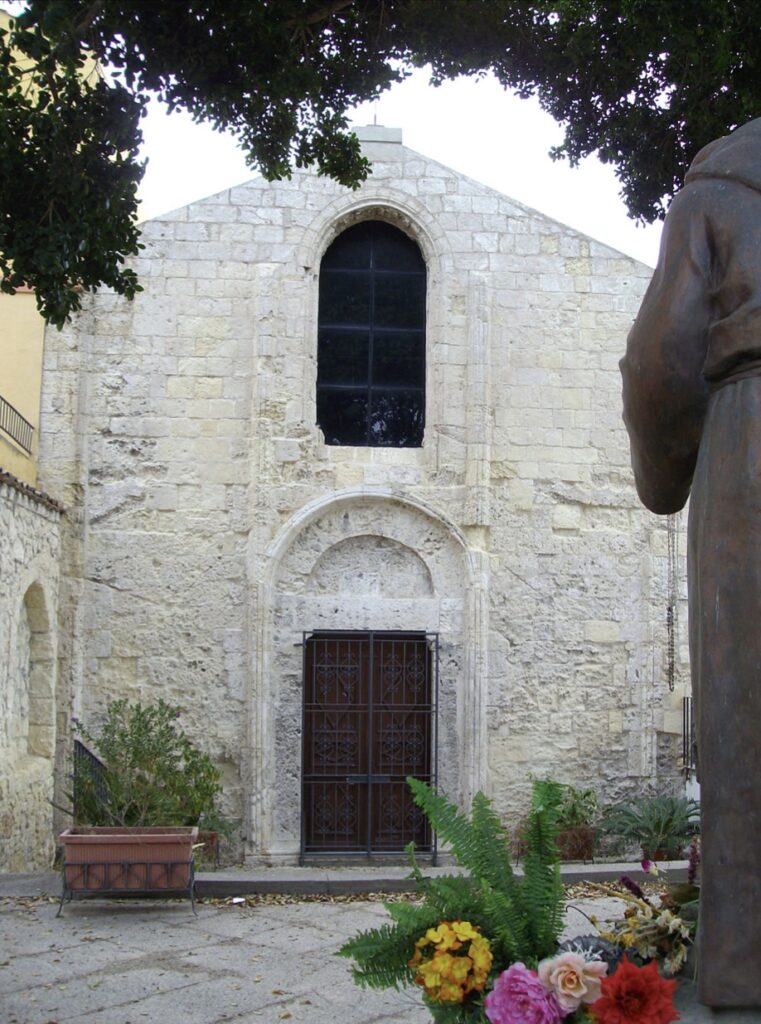
- Palazzo Regio (Royal Palace)
Once the residence of the viceroys during Spanish and Savoyard rule, this 14th-century palace in the Castello district now houses government offices. Visitors can explore its opulent interiors.
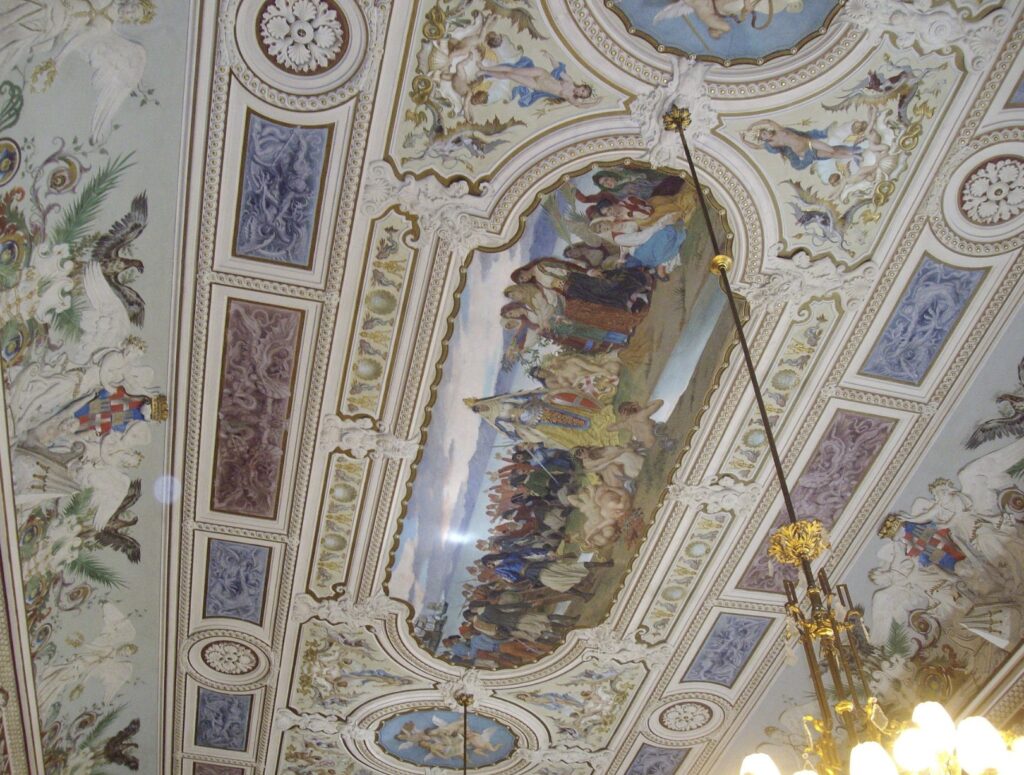
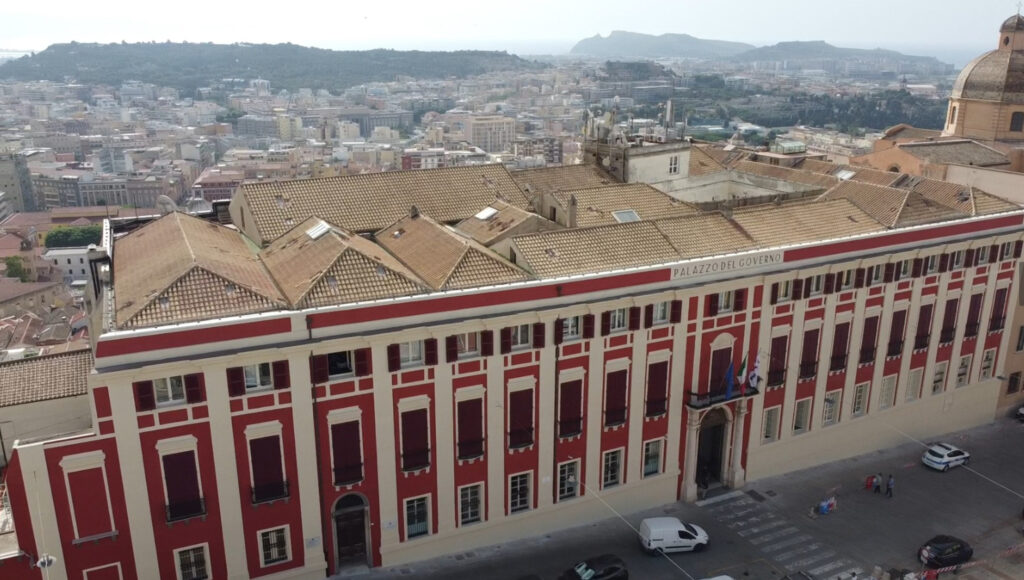
- Necropolis of Tuvixeddu
This ancient Punic and Roman necropolis is one of the largest of its kind in the Mediterranean, with tombs dating back to the 6th century BCE. It’s a fascinating site for those interested in Sardinia’s ancient history.
Tourist Attractions
- Poetto Beach
A long, sandy beach stretching for about 8 kilometers, Poetto is one of the most popular spots for locals and tourists alike. It offers crystal-clear waters, beach bars, and water sports activities. - Molentargius-Saline Regional Park
This protected wetland area is known for its resident flamingos and other bird species. The park is located between Cagliari and Poetto Beach, offering great opportunities for birdwatching and nature walks. - Bastione di Saint Remy
One of Cagliari’s most iconic landmarks, this massive bastion was built in the late 19th century and provides sweeping views over the city. Its wide terrace, the Terrazza Umberto I, is a favorite spot for both locals and visitors to enjoy the sunset. - Museo Archeologico Nazionale (National Archaeological Museum)
Located in the Citadel of Museums in the Castello district, this museum holds an extensive collection of artifacts from Sardinia’s ancient civilizations, particularly the Nuragic culture.
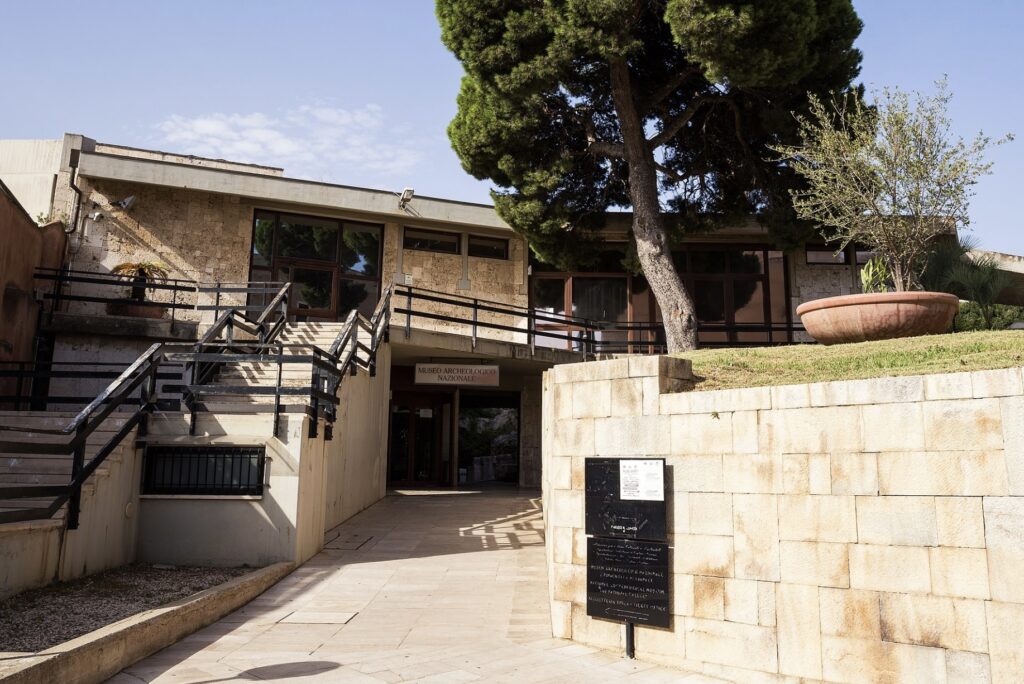
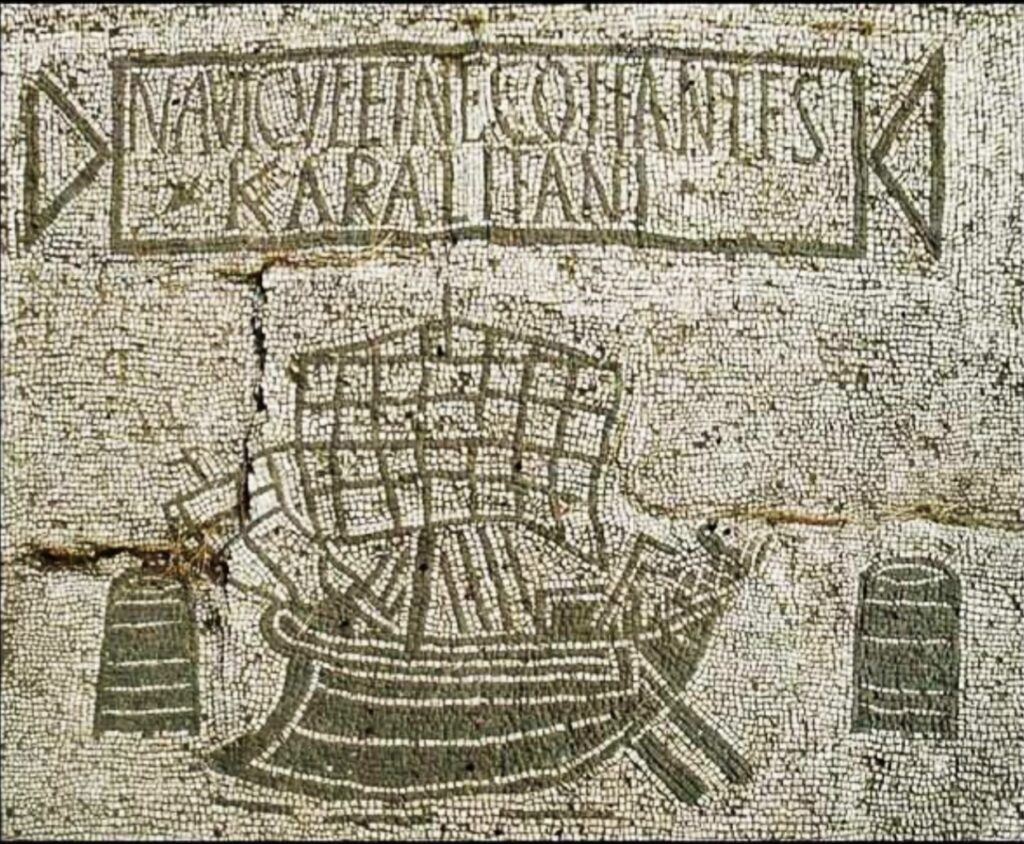
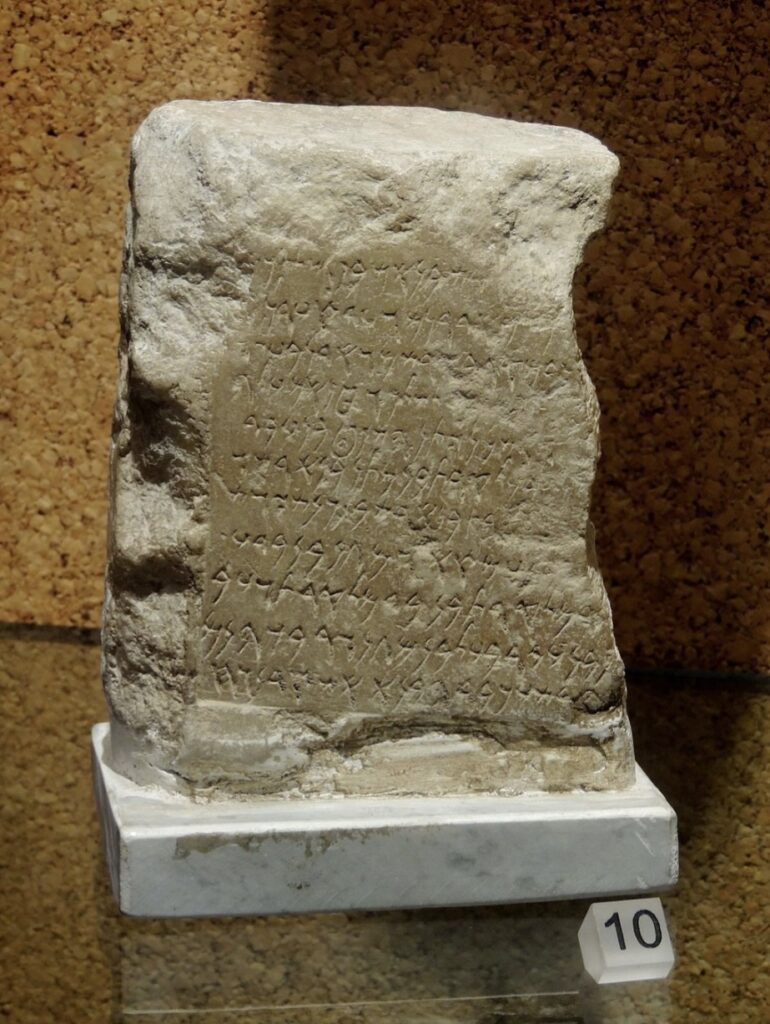
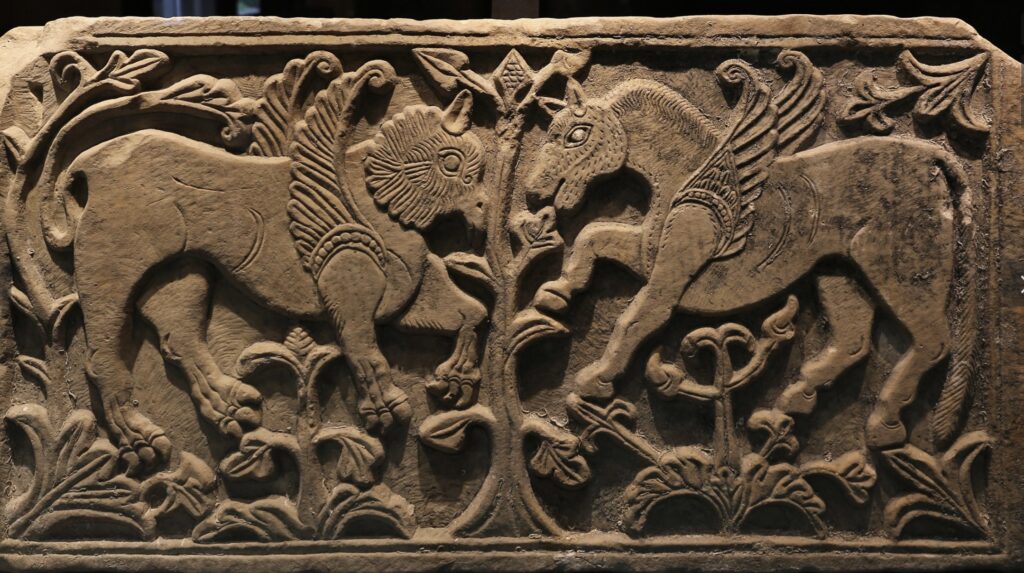
- Cittadella dei Musei (Citadel of Museums)
A complex of museums in the Castello district, which includes the National Archaeological Museum, the Pinacoteca Nazionale (National Art Gallery), and several smaller museums focused on Sardinian culture and history. - Marina District
Situated below the Castello, this district is known for its vibrant atmosphere, narrow streets, and an abundance of restaurants, cafés, and shops. It’s also a great area to explore Cagliari’s maritime culture and enjoy local cuisine. - Botanical Garden of Cagliari (Orto Botanico)
A lush oasis within the city, this garden houses a wide variety of Mediterranean and tropical plant species. It’s a peaceful place to wander, with ancient Roman cisterns also located within the grounds.
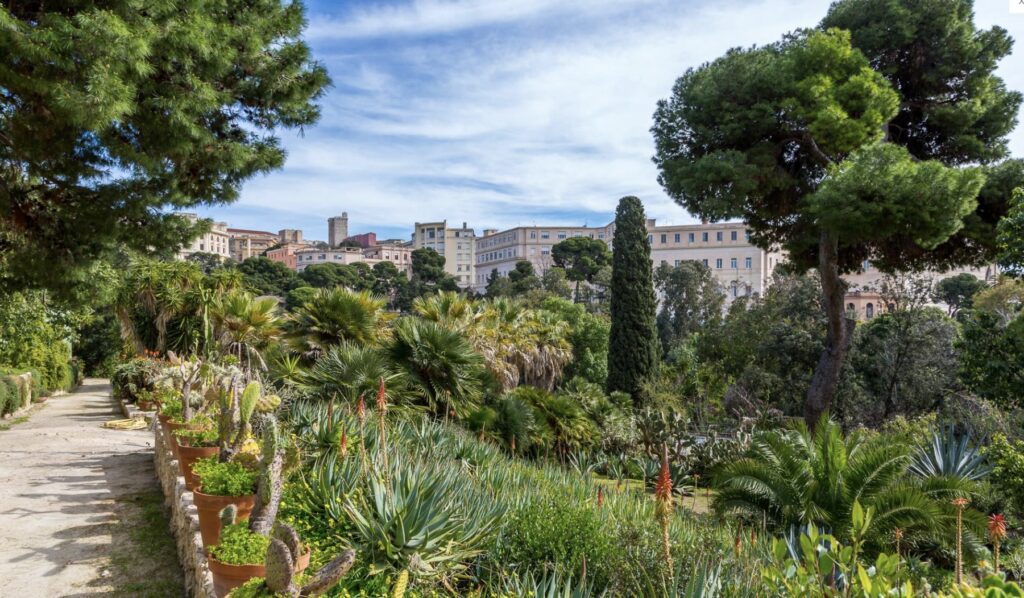
- Santuario di Nostra Signora di Bonaria (Sanctuary of Our Lady of Bonaria)
A basilica dedicated to the Virgin Mary, located on a hill overlooking the sea. It’s an important pilgrimage site with links to the foundation of Buenos Aires, which was named after this sanctuary.
Cultural Attractions
- Mercato di San Benedetto
One of the largest indoor markets in Europe, this bustling market is the perfect place to experience Sardinian food culture. Fresh seafood, meats, cheeses, and other local products are abundant here. - Cagliari Opera House (Teatro Lirico di Cagliari)
The city’s main opera house, hosting performances of opera, ballet, and classical music throughout the year. - Via Roma
One of Cagliari’s most famous streets, lined with elegant buildings, shops, cafés, and restaurants. It runs parallel to the harbor, offering views of the sea and a lively atmosphere.
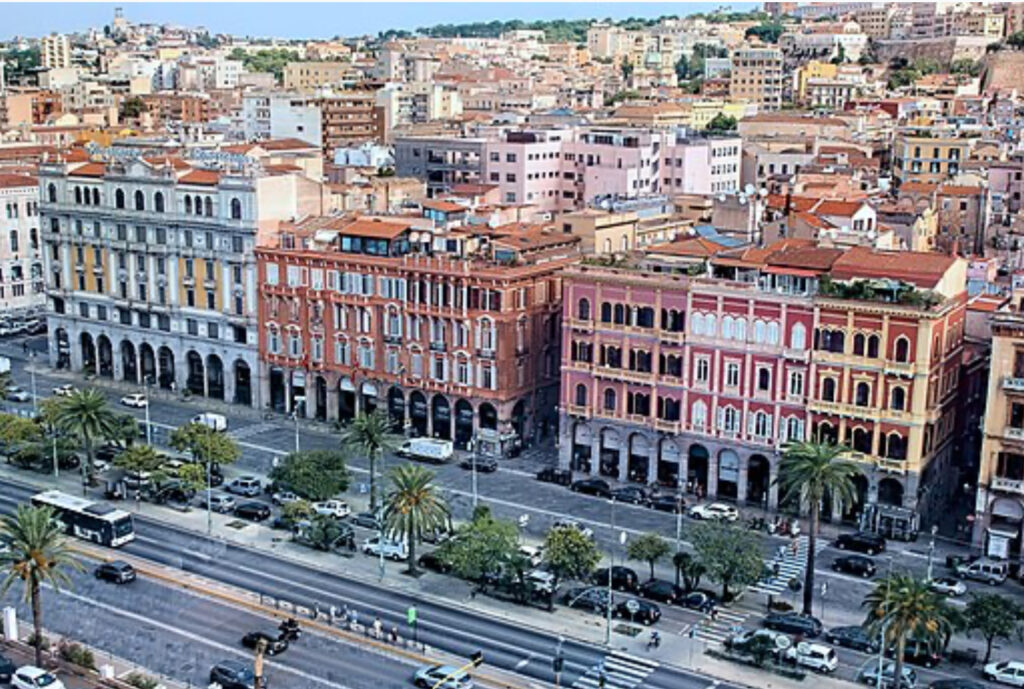
These historical monuments and attractions make Cagliari a city rich in history, culture, and natural beauty, drawing in visitors who appreciate its unique Sardinian character.
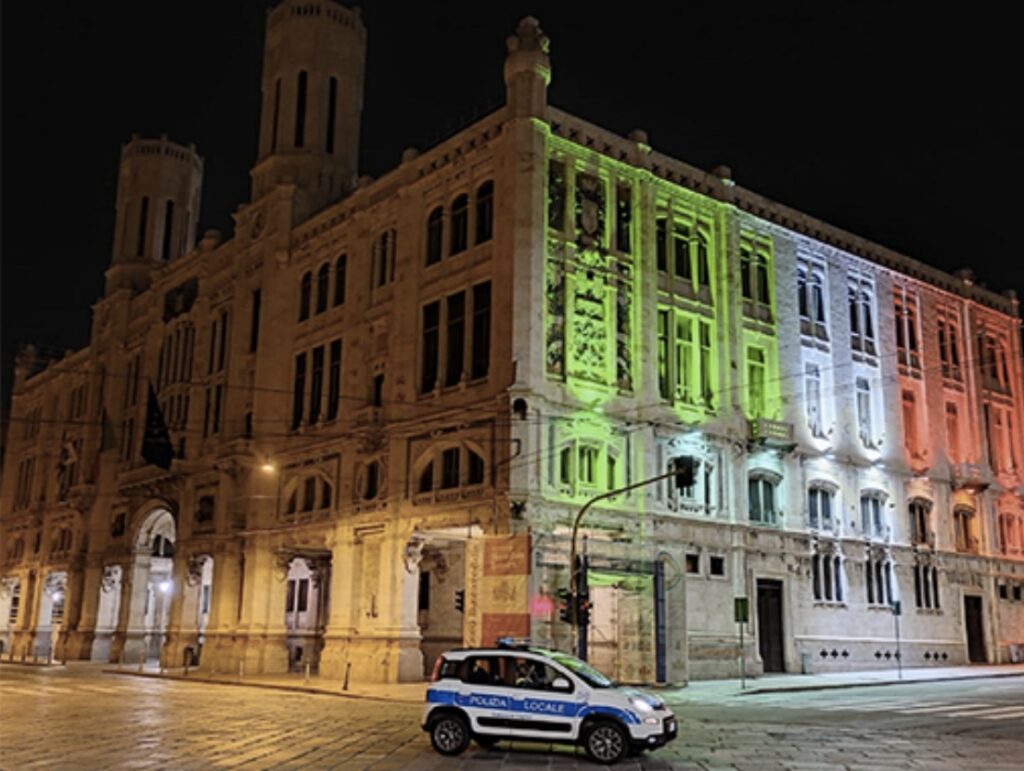
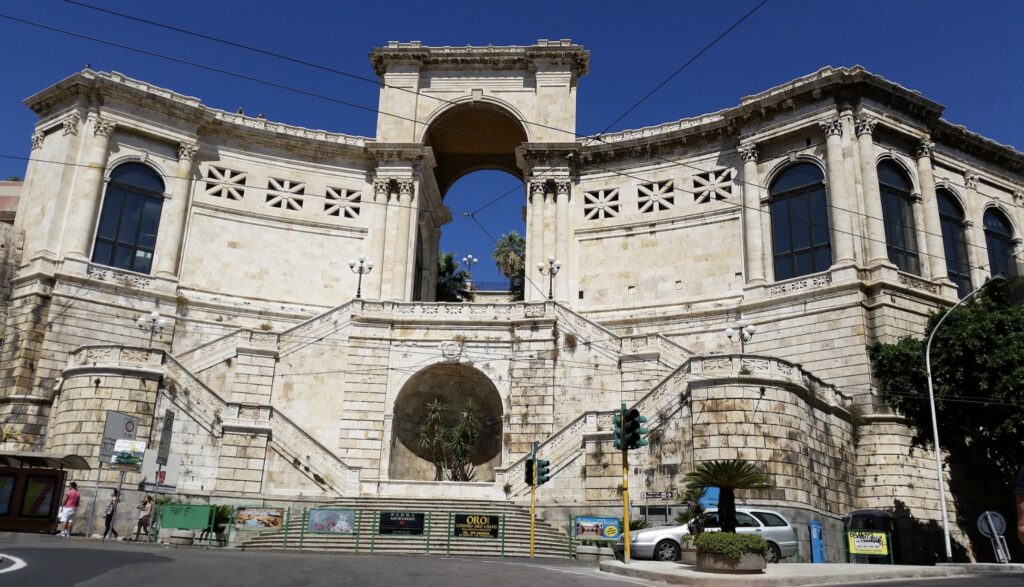
Here’s an one-day itinerary for Cagliari.
Morning:
- Breakfast at a Local Café (8:30 AM – 9:30 AM)
Begin your day with a classic Italian breakfast at a café near the Castello district. Have a cappuccino and a cornetto (Italian croissant), or try pardulas, a Sardinian ricotta cheese pastry. - Explore the Castello District (9:30 AM – 11:00 AM)
Stroll through the historic Castello district, visiting:
- Torre dell’Elefante: Climb this medieval tower for spectacular city views.
- Cattedrale di Santa Maria: Admire the beautiful interior of this 13th-century cathedral.
- Palazzo Regio: Discover the history of this palace that once housed Spanish viceroys.
- Roman Amphitheater (11:15 AM – 12:00 PM)
Head to the Roman Amphitheater and explore this ancient structure carved into rock, which once hosted gladiatorial games.
Lunch:
- Lunch at Mercato di San Benedetto (12:30 PM – 2:00 PM)
Make your way to Mercato di San Benedetto, one of Europe’s largest indoor markets, and sample local Sardinian dishes:
- Fregola con arselle (a pasta dish with clams)
- Bottarga (cured fish roe) served on bread or in a simple pasta dish
- Malloreddus alla campidanese (a Sardinian pasta with sausage and tomato sauce) For a more substantial meal, visit a nearby trattoria using fresh market ingredients.
Afternoon:
- Café Break (2:30 PM – 3:00 PM)
Take a break in the Marina District for a traditional Sardinian dessert like seadas (a pastry filled with pecorino cheese, drizzled with honey). Enjoy it with a coffee or a shot of mirto, a Sardinian liqueur. - Bastione di Saint Remy (3:00 PM – 4:00 PM)
After your café break, visit the Bastione di Saint Remy, climbing to the Terrazza Umberto I for panoramic views of Cagliari and the sea. - Molentargius-Saline Nature Park (4:30 PM – 5:30 PM)
A short trip from the city center, this nature park offers peaceful scenery and opportunities for birdwatching, including sightings of flamingos.
Evening:
- Dinner in the Marina District (7:00 PM – 9:00 PM)
Enjoy dinner at a restaurant in the Marina District. Dishes to try include:
- Culurgiones: Sardinian dumplings filled with potatoes, cheese, and mint.
- Porceddu: Slow-roasted Sardinian suckling pig.
- Carasau bread: Traditional flatbread, often served with meats and cheese. Pair your meal with a glass of Cannonau wine, a robust red native to Sardinia.
- Evening Stroll Along Via Roma (9:00 PM – 9:30 PM)
After dinner, take a leisurely walk along Via Roma, enjoying the lively atmosphere by the harbor.
This version ensures a relaxing café break in the mid-afternoon, giving you time to unwind before continuing your exploration of Cagliari.
